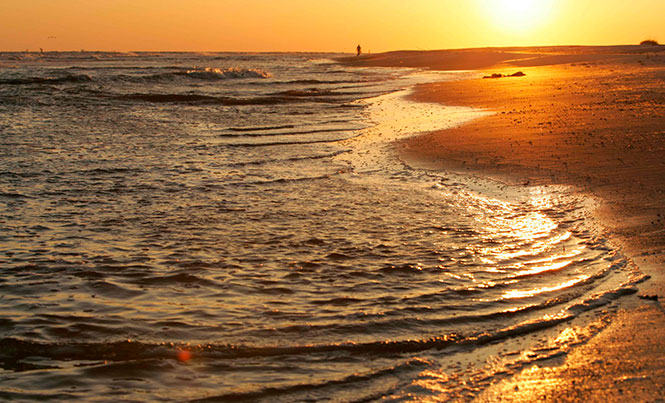
Unlike other vitamins and minerals that can be provided by our diet, the best way for us to produce vitamin D is from sunlight. Luckily for us, here in Playa del Carmen, there’s normally no shortage of sunlight.
There are two forms of vitamin D, inactive and active. Cholecalciferol is the inactive form, obtained mainly from sun exposure and, in small amounts, from dietary sources like oily fish, eggs and dairy and fortified foods. Our bodies need to convert this, using the liver and kidneys, to the active form, Calcitriol.
Vitamin D has many important functions in the body:
- Helps the absorption of Calcium from the intestines. This absorption is essential for a healthy skeletal system.
- Supports the immune system, so your body can fight against everything, from the common cold to cardiovascular disease and even cancers.
- Encourages a good mood and reduces the risk of depression and mental illness.
- Relieves overall muscle pain and general pain tolerance.
Deficiency of vitamin D
- Essential for bone health, low levels of vitamin D in children can cause Rickets. This softening and weakening of the bones has lasting effects and has been on the rise in recent years due to the overuse of sunscreen.
- Loss of bone density and osteoporosis.
- Cognitive decline, fatigue and depression.
- Thinning hair and brittle nails
- Migraines, headaches and aching muscles.
- Susceptibility to infections.
Getting the right amount of sun exposure:
Get some sun the morning or late afternoon when the sun (and the temperature) is not so high. It is still important not to burn, so if you know how long it typically takes your skin to burn, stay in the sun for about half that time. For example, if you can burn in around 40 minutes of direct sun exposure, you need about 20 minutes for optimum vitamin D absorption.
Sara Jones
Spa, Wellness & Lifestyle Expert and Founder of Spa & Wellness Mexico magazine
www.spawellnessmexico.com.